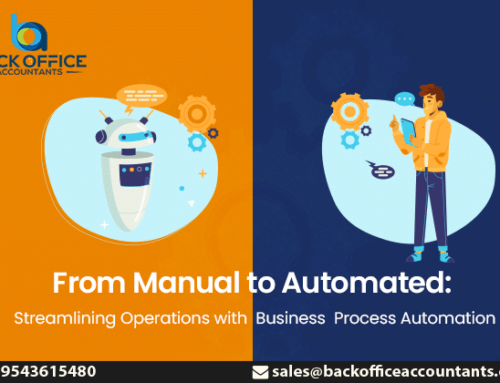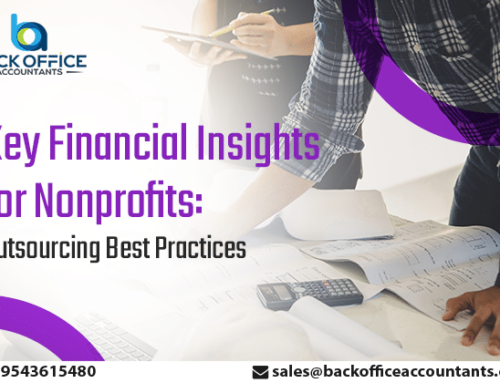Accounts Payable and Accounts Receivable are the two pillars of optimized cash flow and working capital management. The importance and direct impact on efficient cash flow and working capital were discussed on our previous blog here where we have also listed three simple ways to modernize an Accounts Receivable process for better performance.
For a business of any scale or type, AP and AR must go hand in hand together if optimized cash flow and working capital is their goal. So in today’s blog, we are going to help you understand the importance of Accounts Payable for better working capital management and then give you simple ways that can help you achieve better AP performance to support your cash flow goals and working capital requirements. Read on:
Importance of Accounts Payable & Common AP Mistakes Made by Businesses:
Accounts Payable refers to a company’s obligation to pay its bills (short-term liabilities) to the vendors, suppliers or creditors. In short Accounts Receivable is the money coming in and Accounts Payable is the money going out and coordination between these two processes is crucial for having cash in hand whether to run daily operations or invest in business growth.
Net-30, net-60 and even longer payments are not uncommon for businesses to stretch their payment cycle. However a common mistake most businesses make to improve their cash position or working capital is to extend the Accounts Payable timeline. While this may look like optimization in the short term in most cases causes cause a ripple effect where the company had to suffer dead slow cash flow causing long term problems.
In addition to this, this strategy also strains the vendor relationship resulting in slower delivery times, quality issues, lax responses and overall reduced performances. Since businesses adopt longer timelines, they may be less willing to move to other suppliers who may or may not offer such timelines. As you can see this strategy is bound to create long term problems that can be hard to fix unless Accounts Payable is revamped.
Essential Tips for Improved Accounts Payable Process:
At Back Office Accountants we have worked with many businesses who suffered similar Accounts Payable issues. And our Accounts Payable experts have been able to improve their AP performance w.r.t cash flow and working capital with our streamlined Accounts Payable Services. If you are small and medium that is experiencing similar cash flow and working capital problems due to inefficient Accounts Payable, here are simple essential tips that you can consider adopting following practices:
Foster Better Supplier Relationships: The first thing you can do it build an efficient Accounts Payable process for the long term is to foster better supplier relationships by paying them well on time. Having this goal in mind can help you work backwards to improve your AP performance. This move not only helps save money with early-bird discounts but also improves vendor’s services.
Vendor Selection and Negotiation: The next step every business can take to revamp their Accounts Payable process is to have a preferred set of vendors to have better options. After selection, you can utilize supplier scorecards to ensure the quality of service is met and also as leverage for better payment terms in the future. Always negotiate for better payment terms and choose longer payment terms in case they are favourable side.
Better AP Management with Supplier Portals: Now that you have a clear step of rules in place, set up a supplier portal that can help you better track the status of the orders, stocks, payments, delivery timelines, and payment status, This brings improved accountability, reduces errors, minimizes cost, brings visibility and simplifies the entire vendor side of AP process.
A Centralized Accounts Payable Platform: Now that the vendor side of AP is taken care of, the same visibility and accountability have to be brought to the internal AP teams. The first step in this process is to have a common Accounts Payable platform that enables staff to stay on the same page and adhere to common guidelines. This enables improved measurability and management of the AP process by establishing KPIs, tracking them and comparing them with industry standards.
Master Supplier Data Portal: At this point, we have huge vendor and supplier data in place and a centralized platform for the department, and so now you can focus on setting up a master data platform to help your resources work on the data. This master database must contain all the details of negotiated terms and conditions, service level agreements, quality standards, accepted delivery timelines and terms of compliance.
How Back Office Accountants Can Help?
The above Accounts Payable policies are how our Accounts Payable lay a strong foundation for optimized working capital and cash flow management. While this is a simple and effective template that has helped our clients lay a strong foundation for better cash flow, not every business and its Accounts Payable is the same.
Having provided Accounts Payable Services to small, medium and large businesses across the globe, Back Office Accountants boasts an excellent track record in improving cash flow and working capital. If you are a small and medium business looking to outsource your Accounts Payable Services, you can contact us here: https://www.backofficeaccountants.com/







